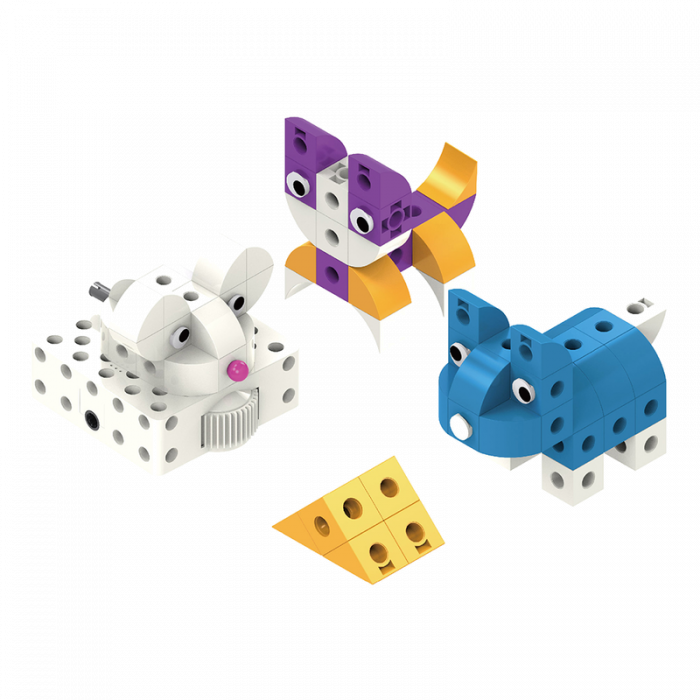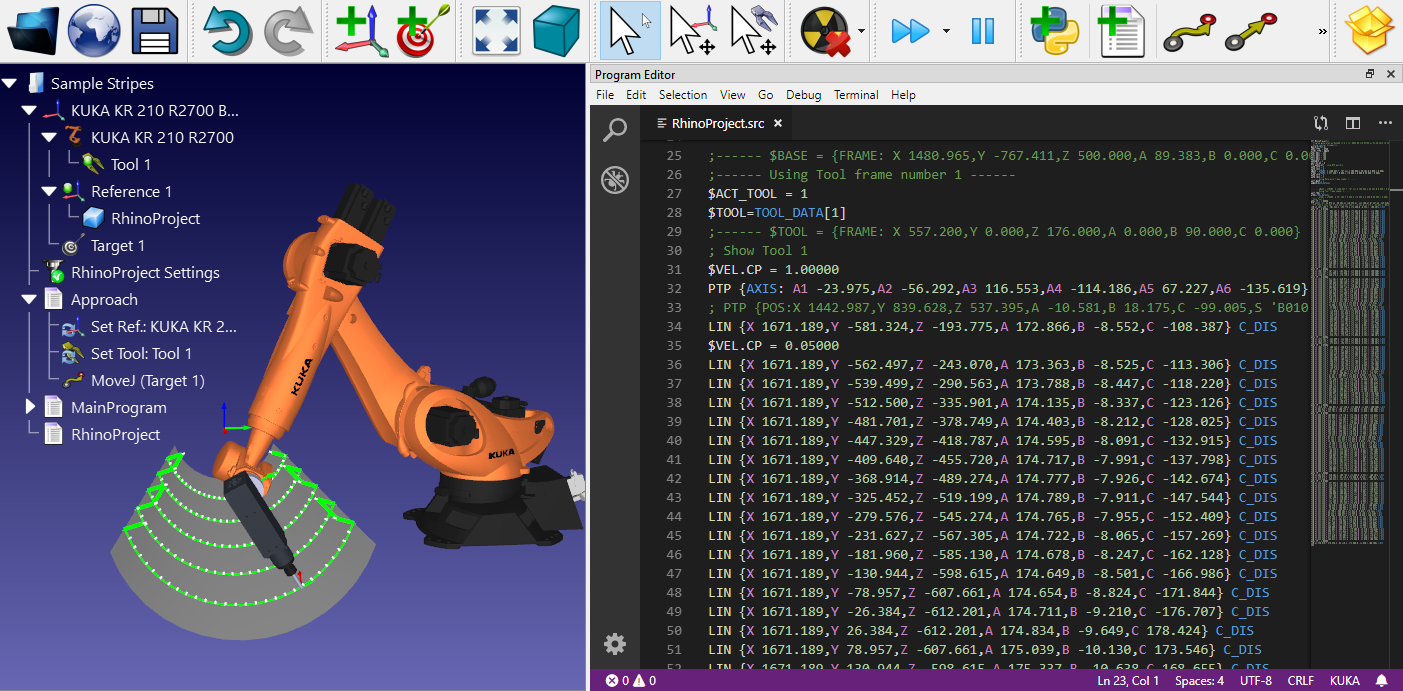


#Coding robotics manual
A fire truck puts out a fire, and a factory robot performs tasks in a factory scene. A full-color 64-page illustrated manual guides kids through 30 coding lessons and the assembly of the different models. A soccer player moves a ball into the goal. A mouse moves through a maze to find cheese.
#Coding robotics series
The lessons cover six key areas in coding:īesides Sammy, there are five other stories, each with a series of model-building and coding challenges and lessons related to it. With lessons progressing in complexity through the illustrated manual, the kit is appropriate for kids as young as 4 (with adult help) and as old as 8. The 30 lessons align with standards for computer science education developed by the Computer Science Teachers Association (CSTA) and the International Society for Technology (ISTE) Education, as well as courses from. This robot kit also teaches physical engineering and problem solving skills through a series of building and coding lessons. The integrated output gear allows you to build simple robotic creations with arms or other moving parts that respond according to the program’s instructions. Program the robot to move in different directions, activate its output gear, light up its LED, play sounds, and respond to different function cards. There are 38 different map cards included, allowing you to run more complex programs once you get the hang of it! Next, place the robot on a grid made of map coding cards, and the robot runs the program.
#Coding robotics code
As the robot drives over the code cards, an OID optical scanner on the bottom of the robot reads the code cards one by one and loads the program. Instead, create programs by simply laying down a sequence of physical code cards. You don’t need a tablet, smartphone, or computer to program this robot.

Lessons about robotics and coding let students create cool projects, while still learning about the core subject. Many robotics kits for kids include options to drag and drop code for beginners, and grow with them as they learn to write their own code from scratch using popular computer languages. As skills progress, let students advance their programming abilities as they write code using open-source Arduino and with single-board Raspberry Pi computers.

Start with simple screenless coding as an engaging introduction to coding, giving younger students the opportunity to see results as small robots light up or move. Encourage collaboration and creative thinking with STEM coding kits for learners at any grade level.


 0 kommentar(er)
0 kommentar(er)
